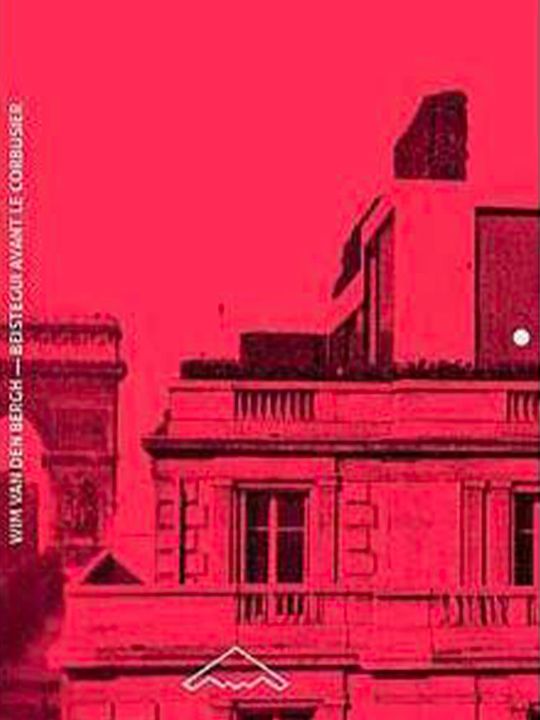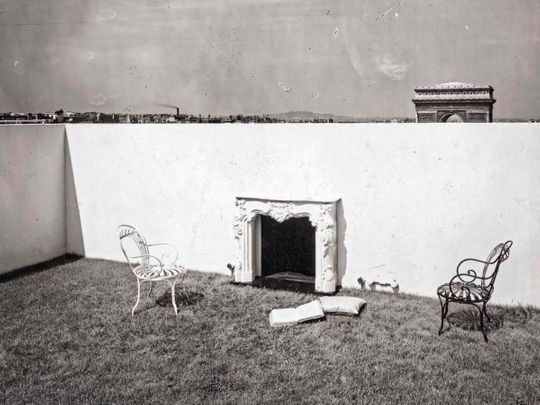
A philanthropic billionaire and fashionable decorator, Charles de Beistegui (1895-1970), and an austere Swiss architect, Le Corbusier (1887-1965) joined forces to build a very special house dating back to the early days of the French 3rd Republic on the Avenue des Champs-Élysées. In 1931, the chemistry of this partnership was to give birth to something quite new, a rooftop garden apartment overlooking the original building, a penthouse with straight lines and stripped-down architecture, where the very baroque Beistegui would leave his decadent mark a stone’s throw away from the Place de l'Étoile.
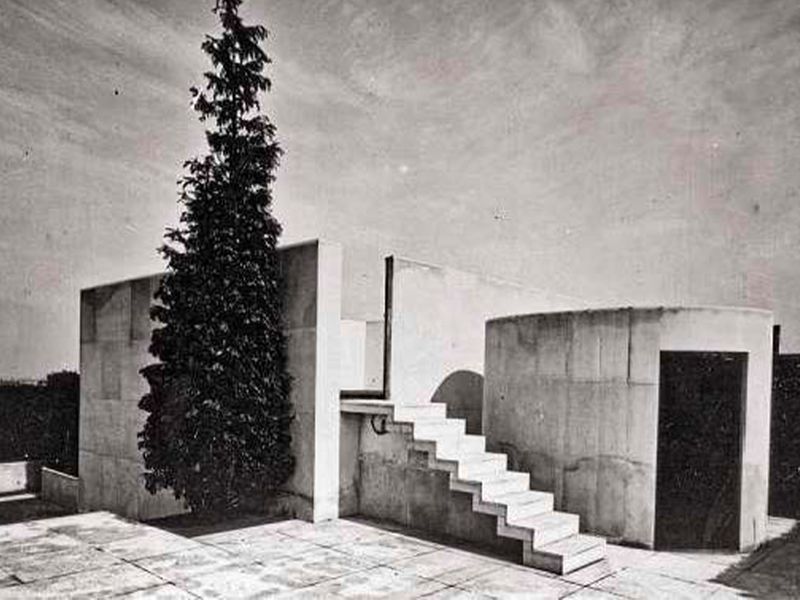
The apartment is a three-level modern minivilla, built on to the loft space of number 136 in the Avenue. Inside, there are only white walls, bookshelves and storage space of exemplary discretion, with the counterpoint of a bold and futuristic concrete spiral staircase, winding around a metal mast. And the flamboyant socialite had given his architect a specification that appeared to be a real challenge: How to conceal 4,000 metres of electrical wiring.
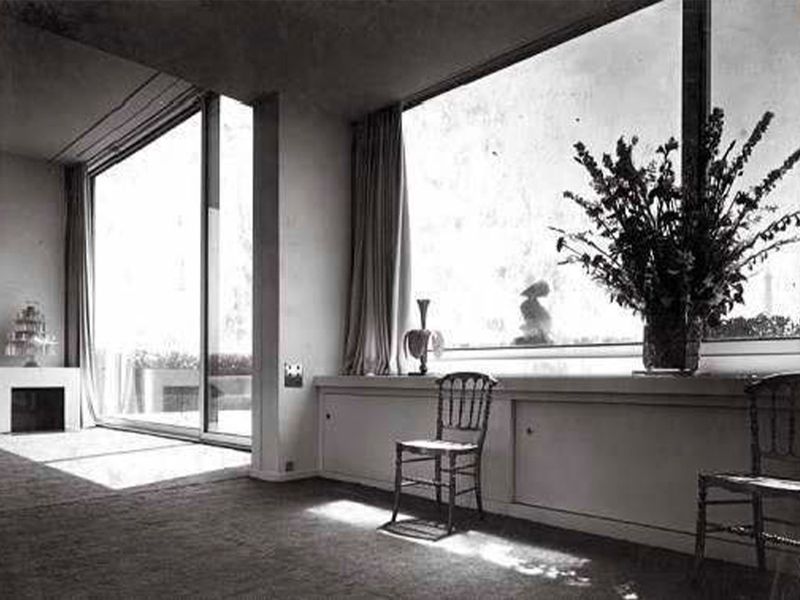
And not just to “light up” the billionaire's parties. No, the "electricity fairy" would operate a control system that would slide open or closed a large glass door opening onto the terrace, move a partition to divide the living area and dining room, and even pivot a mirror concealing a film projector. And on the roof, she would make mountains or hedges of ivy appear or disappear at will, depending on whether you wanted to enjoy the view of the Arc de Triomphe, or remain hidden from the rest of the world.
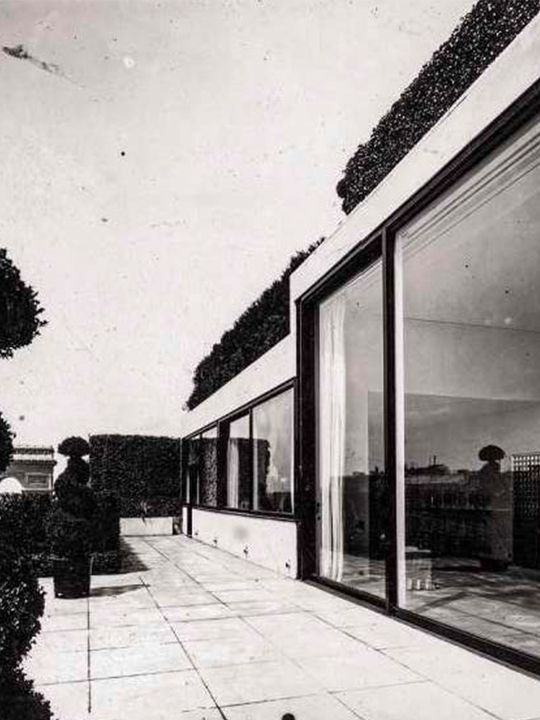
On the roof terrace, also on three levels, Beistegui employed a literally fantastic creativity: Right at the top, he fitted a grass mat, a false rococo fireplace and an automated parrot on a perch, which played the latest Parisian hit. Later, Le Corbusier, the brains behind the “ma-chine for living in” installed a periscope on the rooftop which, via a dark room, relayed a panoramic view of the capital. In this truly unique setting, Beistegui held dances for two or three Parisian seasons, before moving to a bigger and more classical dwelling in the Invalides district of the city. The villa became an abandoned palace, a remnant of a bygone era. In 1938, it was partly destroyed. Around 1960, work would lead to even greater deterioration of the site. But in 2010, with a view to possible restoration, a survey by the Commission du Vieux Paris (CVP) discovered that, for the most part, the infrastructure of 1931 was still in place. And that’s the last to be heard of villa Beisteigui or of its ghostly figures dressed in evening attire.
